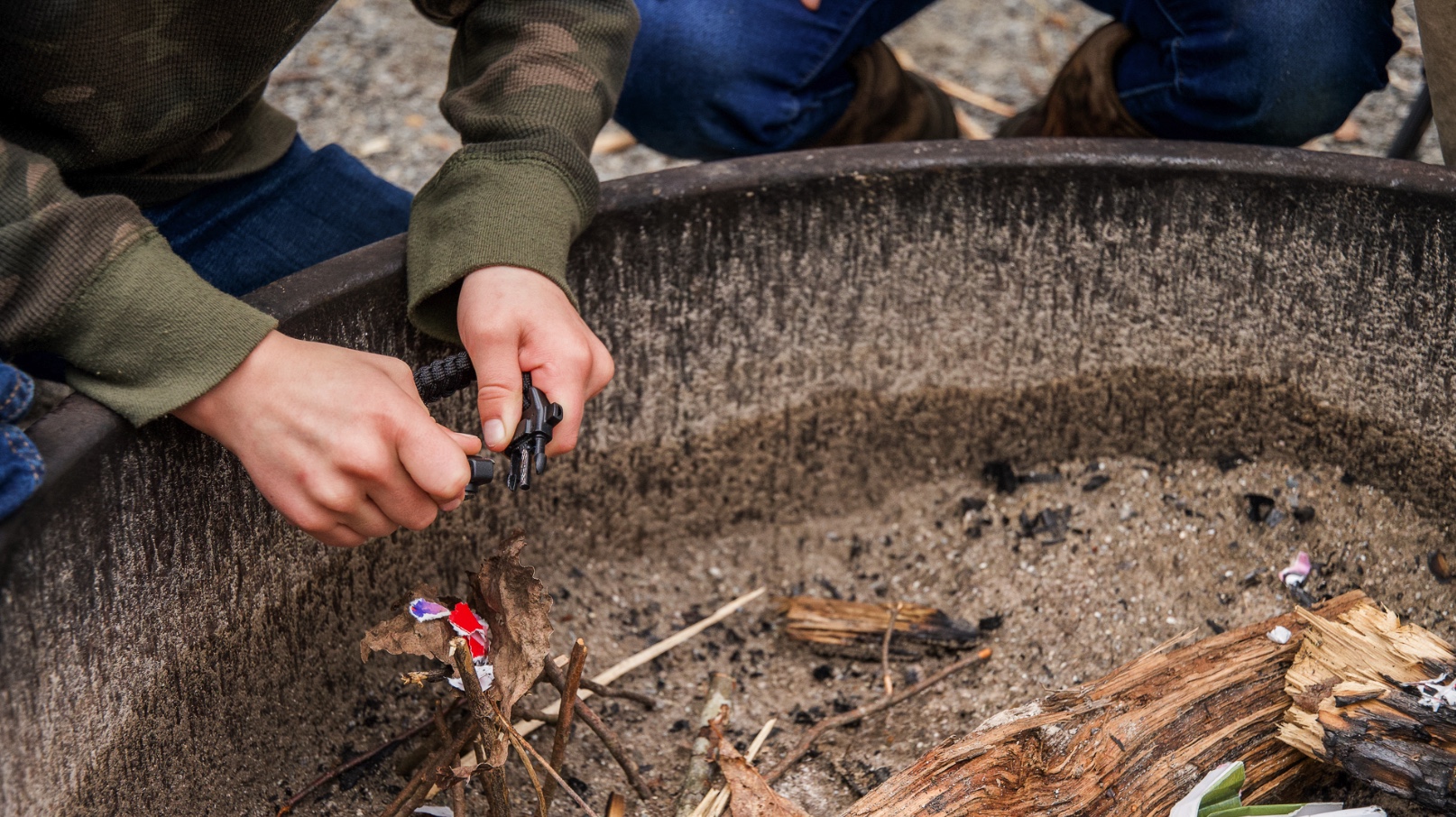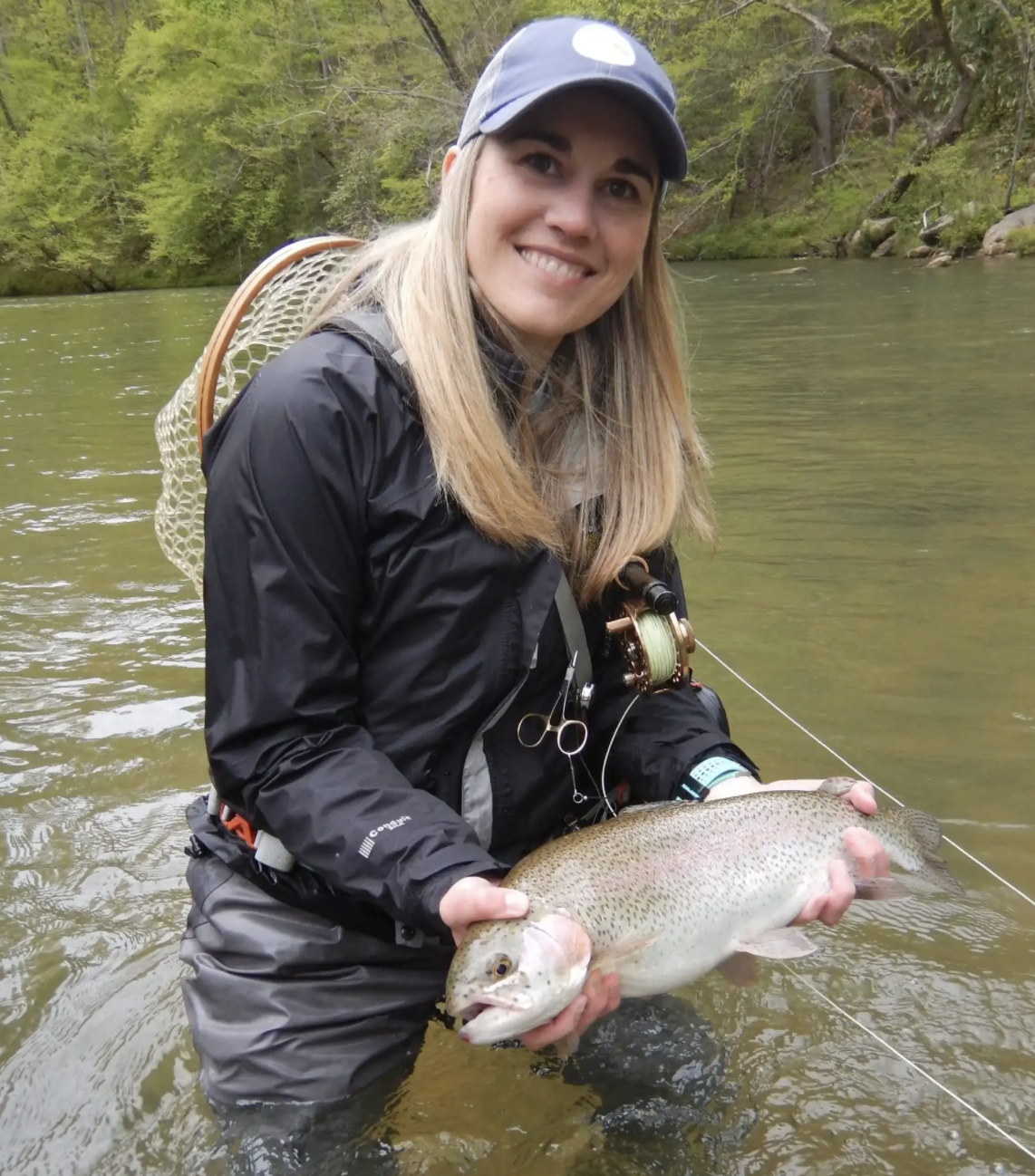
The ability to start a fire in adverse conditions can mean the difference between a hot and cold meal or worse, between life and death.
Fire starters should be in every outdoor first-aid kit. They come in all shapes and sizes and are more fun to use than an ordinary lighter. On our last camping trip, we took four different fire starters (all bought through Amazon) to compare and find out which was the best.

The first fire starter we tested was the Jet Emergency Fire Starter Kit with magnesium.
This kit comes in a small tin box, approximately 6 inches, with a ferro rod and scraper. The kit also includes six small bags of shredded magnesium strips, which were very useful for setting fire to the kindling.
The company recommends using 1/3 of the bag per fire, but for dry kindling, we found that a small pinch was enough to take the spark and set fire to the kindling. The kit as a whole is very lightweight and could be used for backpacking or car camping.
The ferro rod that comes with this kit is 3 inches long by 1/6 inch diameter, which was smaller than the others we tried. I am giving this kit 4 out of 5 stars because we liked the magnesium strips for ease of starting a fire but felt the ferro rod was too small to grip well.

The next fire starter we tried was the Texas Bushcraft Fire Starter. This was not a complete kit. It only included the starter.
The ferro rod is 3/8 inch in diameter and attached to a wooden handle. The rod is attached to the striker on a braided lanyard that can be untied to reveal cotton tinder, fishing line and waxed thread.

The striker also doubles as a multitool with a tinder scraper, bottle opener, hex wrench and ruler. The company reports this rod will spark for 15,000 strikes. This was our favorite fire starter because of the comfort of holding the rod and how easy it was to direct the spark toward the kindling.
We did use the magnesium strips from the Jet Emergency Fire Kit to get the kindling to burn. For ease of use and comfort, I would rate this starter a 5 out of 5.

The third fire starter we tested was the UST BlastMatch. This fire starter only takes one hand to use and ignites by holding the side button against the rod and hitting it on the ground next to the kindling.
The company reports this will last up to 4,000 strikes and will work when wet. This fire starter is different from the other two in that it is flint-based.
I would rate the UST BlastMatch a 3 out of 5 because it was very difficult to direct the spark toward the kindling. It was also difficult to get the spark close enough to the kindling without hitting the pile of kindling with your hand. However, if the user only has the use of one hand, this may be the best choice.

The last fire starter we tried on a whim, mainly for the kids. The A2S Paracord Survival bracelets did not disappoint. These came in a pack of two from Amazon and are equipped with an emergency whistle, compass and small magnesium rod and striker built into the fastener of the bracelet.
The company reports the striker can be removed to double as a knife, but we were unable to cut anything because it was dull. The fire starter worked well, and we were able to direct the spark to the kindling. The kids loved these bracelets and rated them a 5 out of 5.

Fire starters come in a wide variety and should be in every camper’s first-aid kit. Before setting out on the trail, make sure you know how to use one and that it works for you.
For our family, the Texas Bushcraft worked the best for the adults due to ease and comfort of sparking. The kids liked their A2S Paracord Survival bracelets, and even the 6-year-old could use hers by the end of the weekend.
Starting a fire for warmth is a skill that could save your life, no matter how young. Invest in a fire starter that works for you, and carry it with you when camping.





